Your Guide to FIRE CUPPING
In the last decade or so, cupping has become increasingly mainstream. The first time many people saw the hallmark round, dark “octopus spots” was on Olympic athlete Michael Phelps in 2016. Well, shout out to Michael for bringing the benefits of cupping into the public eye, but Chinese medicine and other ancient cultures have been using this powerful modality for thousands of years! The lure of cupping is not just the peculiar spots you get to flaunt, but its numerous benefits on the musculoskeletal system.
How Does Fire Cupping Work?
Fire cupping uses flame to create a vacuum inside of a glass cup, allowing it to be suctioned on to the body. The sensation experienced is commonly referred to as a “reverse massage.” By pulling up on the skin, fascia, and muscles, the cups break away adhesions in the tissues and loosen restrictions. The broken capillaries often created by the cups suction increases blood flow to sore muscles and stimulates an immune response to the area for repair. This is especially useful if you’re a person who carries tension in their muscles or an athlete looking to recover quickly. This healing response can also improve lymphatic circulation and boost overall immunity.
Aside from the musculoskeletal benefits of cupping, Chinese medical theory provides us with additional uses. By placing cups on specific areas of the back, they can help with a cough and the common cold by releasing what the Chinese termed “wind.” The next time you’re feeling a sniffle or aches coming on, you may want to give cupping a try!
Nowadays there are a number of ways practitioners are providing cupping treatments, from press on silicon cups, to a manual vacuum pump with plastic cups. Call me old school, but I enjoy using the classic method of fire to create the suction with glass cups. The idea of bringing in the fire element, which is so commonly seen in Chinese medical theory, keeps me humble and grounded in the roots of the medicine!
What Can Cupping Help With?
Neck, shoulder or back soreness/tension from exercise, overuse, injury or stress
Joint pain in the knees, ankles
Cough, common cold, asthma
Seasonal allergies
Headaches
Anxiety, worry, grief
Fatigue, sluggishness
Painful periods
What Do Those Spots Mean?
Image by Jun Negoro | IG: @kanpobliss
The spots that can appear on the skin after cupping are more than a temporary mark. They inform your practitioner of what’s going on in the body and give insight to the treatment of your overall Chinese diagnostic pattern.
Heat, dampness and stagnation in cupping marks suggest that the patient is also experiencing these signs elsewhere in the body. This can look like digestive upset, headaches, fatigue and so on. Your acupuncturist can then implement this finding and develop a treatment plan that will address the underlying condition. With enough treatments over time, you should see marks decrease as Qi starts to flow and stagnation disperses.
When indicated, cupping can be apart of your regular acupuncture treatments, or I offer 30 minute cupping only treatments as well.
Come get spotty!



